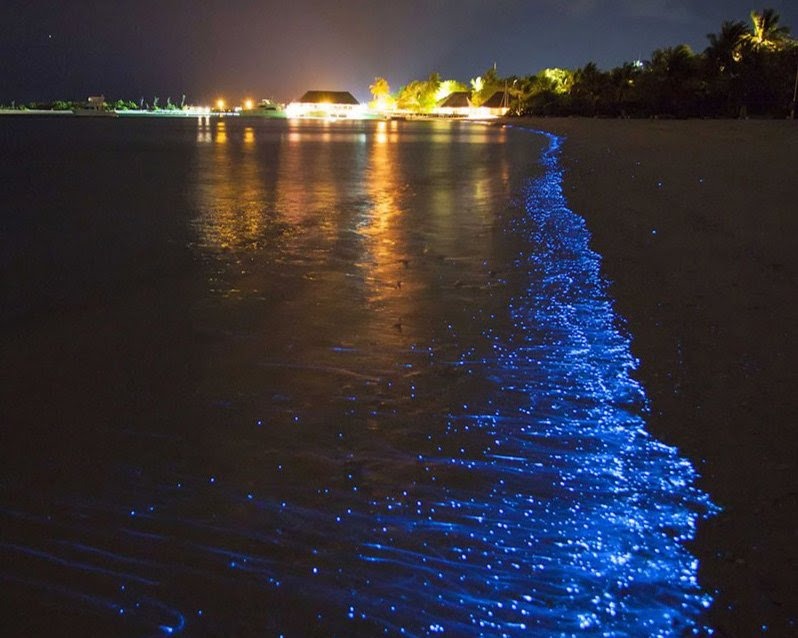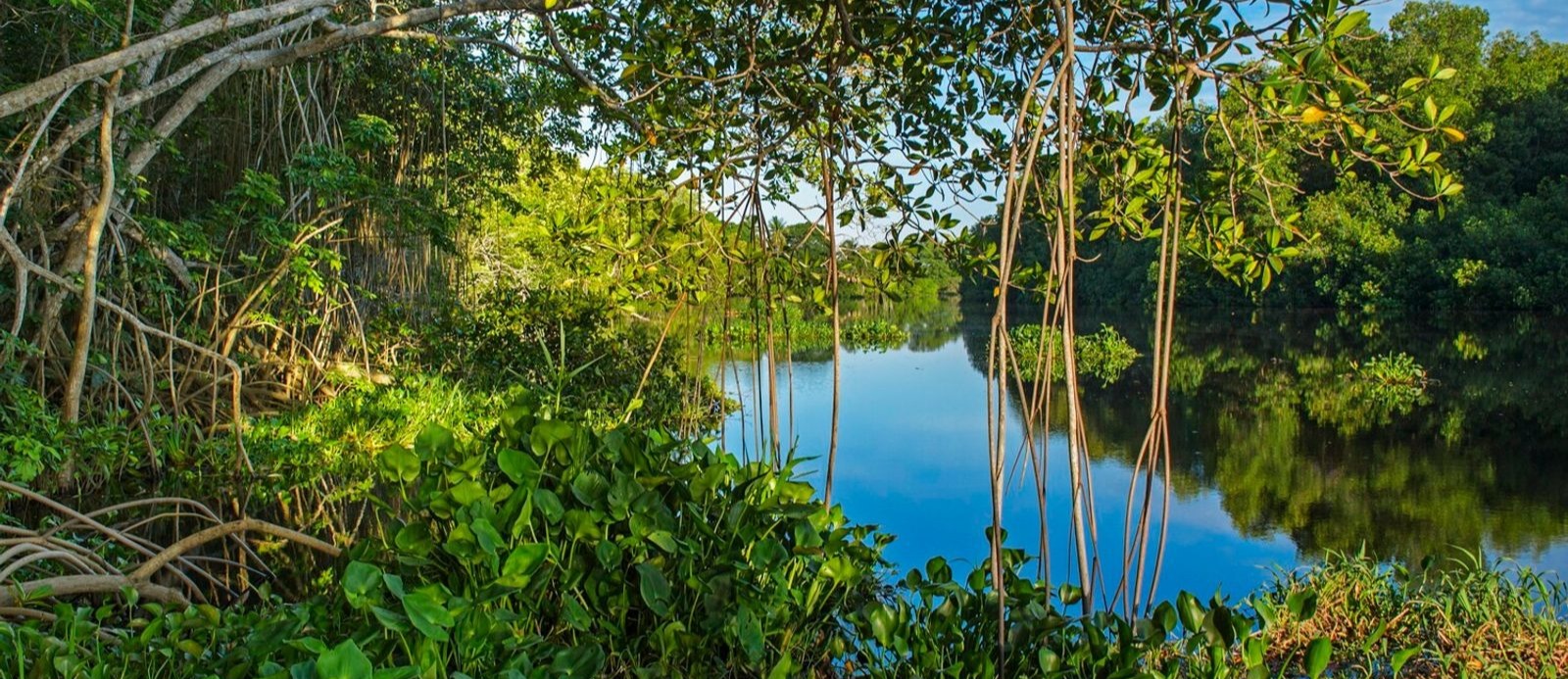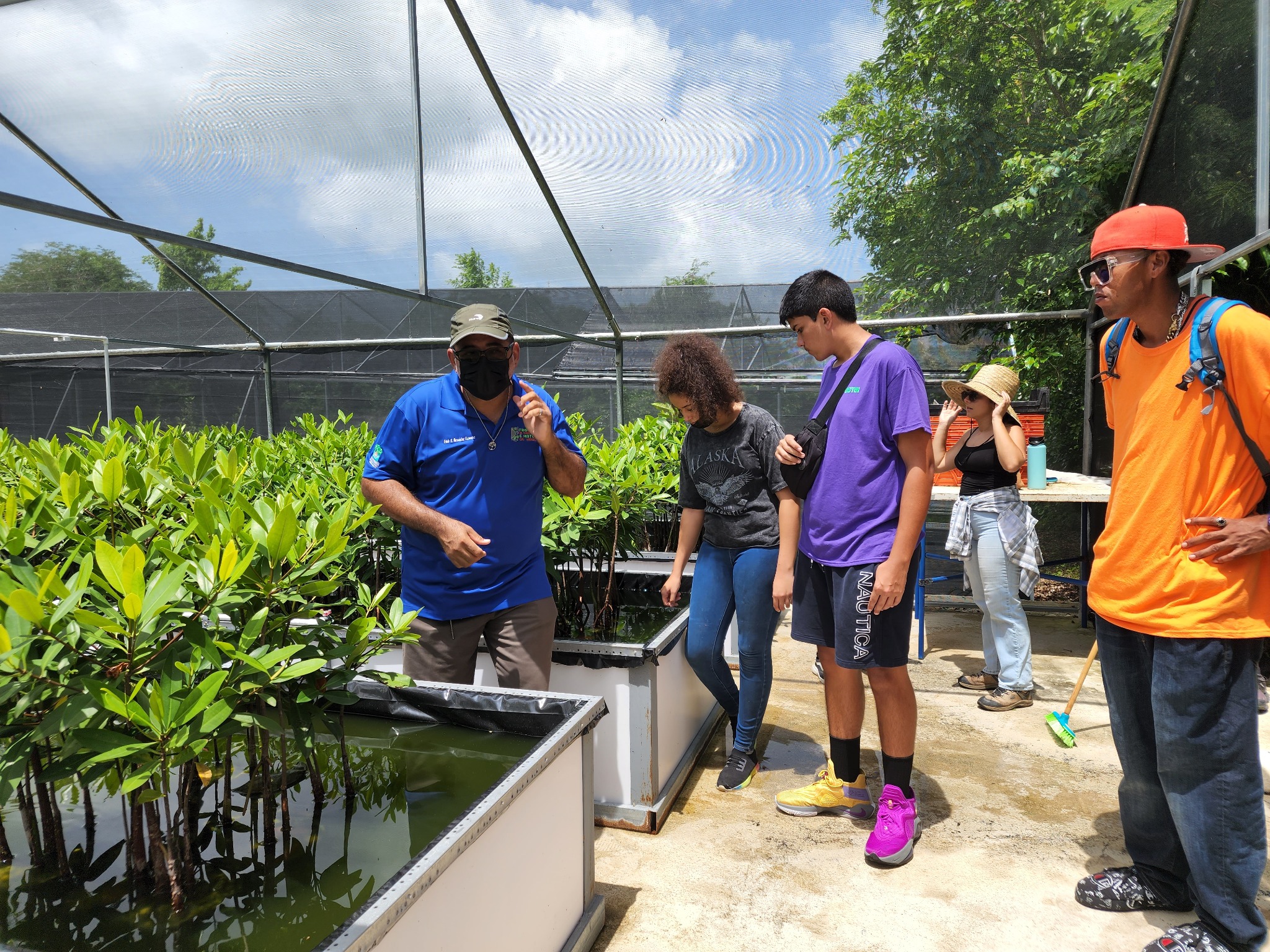Behind the Scenes of VHCT's Grant to Restore the Biobay

The Vieques Conservation and Historical Trust VCHT’s is a nonprofit organization in Puerto Rico whose purpose is to promote, protect and conserve the environmental, archaeological and cultural resources of Vieques. As one of Vieques’s main community-led organizations, one of its main goals is to preserve and study the bioluminescent bays found on the island. Hurricanes Irma and Maria left severe damage to its ecosystem and the mangroves and corals were severely damaged. The fluorescent quality of Mosquito Bay, considered the brightest and most pristine in the world, was severely affected.
In a landmark achievement announced at the end of April, the VCHT, alongside the Marine Environmental Society, was awarded a $2.9 million grant from the NOOAA’s Coastal Zone Management Habitat Protection and Restoration Grants program. This ambitious project aims to restore the rich ecosystems of Puerto Mosquito Bay, also known as the Vieques Bioluminescent Bay, a globally unique ecological treasure located within the Vieques Bioluminescent Bay Nature Reserve.

While the limelight is on the restoration of mangroves, seagrasses, and coral reefs, there's more to the project than meets the eye. Not only does it represent a giant leap for environmental conservation, but it also has far-reaching implications for the community and local economy.
The grant writing component was facilitated by Integro Foundation and their partner, which has previously played a role in assisting VCHT. Their previous grant of $20,000 helped the VCHT jumpstart their annual summer camp for the first time after the COVID pandemic. While the foundation's involvement in this project was limited to subsidizing the grant writing by their partner Federal State Consulting, its commitment to VCHT is ongoing, closely monitoring their needs.
The project, set to span four years, involves much more than environmental restoration. It is about community involvement and economic upliftment. The project's workforce will be largely composed of the local community, which will also receive training in restoration work. The outreach component of the project is designed to engage various community sectors, including students, teachers, fishers, and tour operators.
The direct involvement of the community in this project signifies a robust example of a participatory approach in ecosystem restoration and conservation. Such community-based initiatives are a potent means of cultivating a sense of ownership and pride among the community members, which invariably contributes to the long-term sustainability of the project.
With sustainable job creation at the heart of the project, the economic implications for the community are substantial. The project is expected to significantly stimulate local economic development, offering the community a chance at better livelihoods while being stewards of their unique natural heritage. Additionally, the improvement of the ecosystems can attract eco-tourism, adding another dimension to the local economy.

This project is a result of a synergistic effort among multiple organizations. Various partners have come together to make this restoration project possible, contributing their unique strengths and expertise. The collective action from all these partners further strengthens the project's impact and reach, fostering a wider sense of community and cooperation.
In essence, the VCHT's restoration project is not just about environmental conservation, but also about bringing positive changes in the socio-economic fabric of the local community. This unique blend of ecological and community development sets the stage for a sustainable future, proving that when nature thrives, so do people.
Post a comment